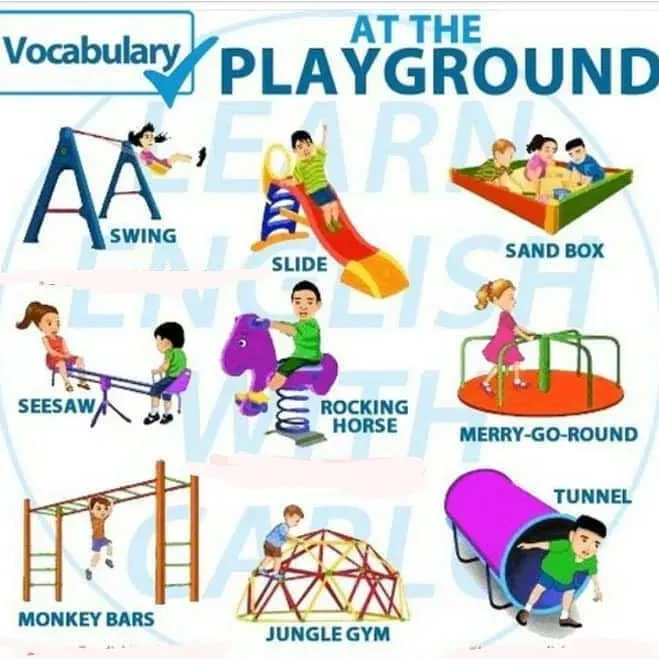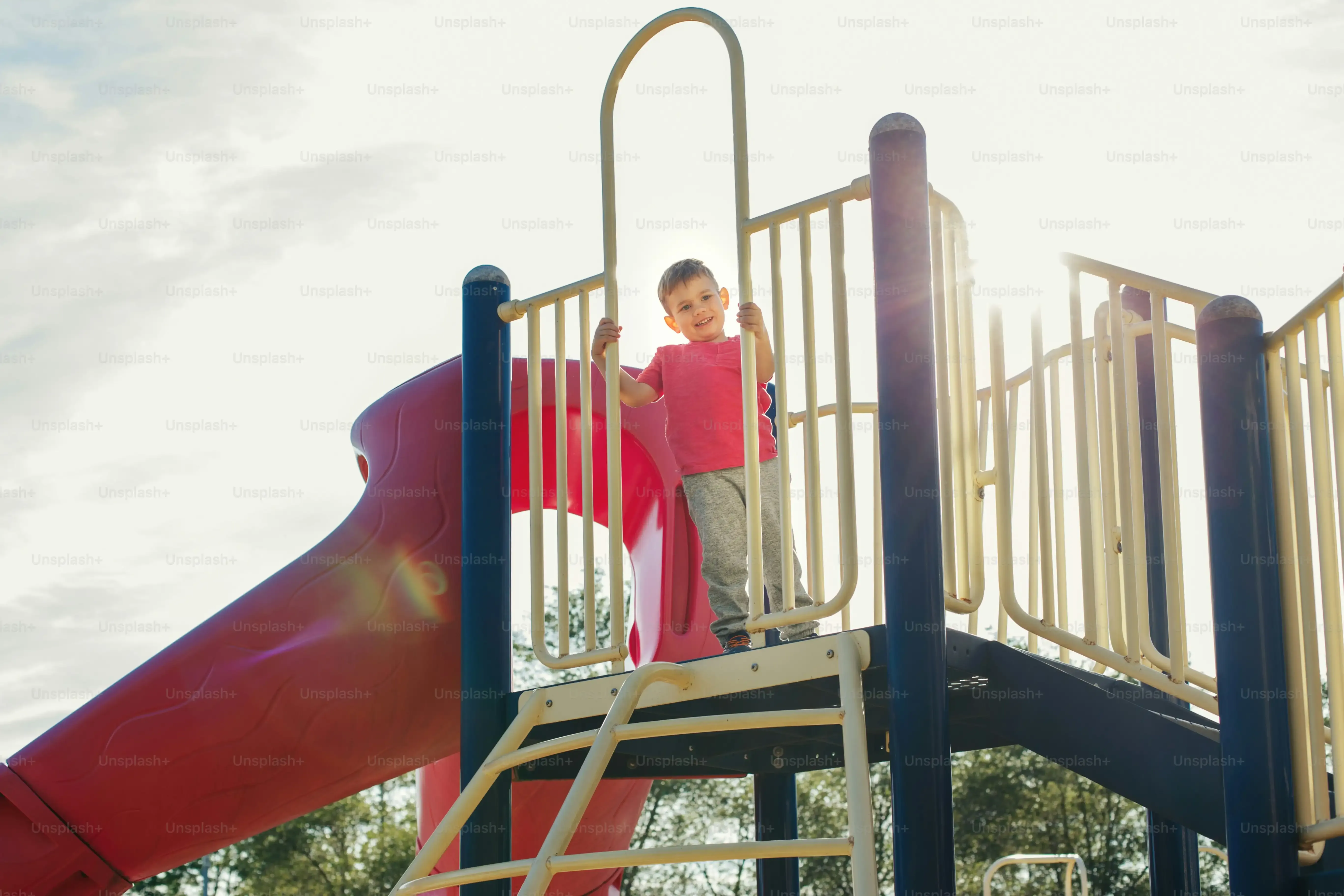Table of Contents
Let's be honest, a school playground isn't just a patch of asphalt and metal where kids burn off excess energy before testing your patience indoors. It's a vital outdoor classroom, a place where coordination, problem-solving, and social skills get a real workout. But slapdash planning leads to sad, underused spaces. That's where a solid school playground equipment list comes in. Figuring out exactly what goes into that space requires more thought than just ordering the first swing set you see in a catalog. You've got budgets, age groups, limited real estate, and, most critically, safety standards to consider. Getting your school playground equipment list right means creating a dynamic area that actually benefits students, not just a place to endure recess. We're going to cut through the clutter and look at what genuinely belongs on a practical, beneficial school playground equipment list, how to pick the right pieces, and why safety isn't just a checklist item, it's the foundation.
Why Your School Needs a Solid Playground Equipment List

Why Your School Needs a Solid Playground Equipment List
Beyond Just Burning Energy
Think back to your own school days. Recess wasn't just downtime; it was foundational. Kids don't just run around aimlessly on a good playground. They are developing gross motor skills, balance, and coordination. A well-planned space, built from a thoughtful school playground equipment list, provides specific challenges. It's where they learn to climb, swing, and navigate spatial awareness. Without the right pieces, kids miss out on critical physical development that impacts everything from handwriting to athletic ability. It's not just about avoiding sitting still; it's about building fundamental physical literacy.
Building Brains and Friendships Outdoors
But it's not only physical. A quality playground fuels cognitive growth and social interaction. Climbing structures require problem-solving. Sliding and swinging introduce concepts of physics (even if they don't know it). Group games on open areas or around activity panels foster communication, negotiation, and cooperation. A diverse school playground equipment list encourages different types of play – imaginative, active, quiet – catering to varied personalities and needs. It's a living lab for social-emotional learning, far more effective than a textbook lesson.
Benefits of a Well-Equipped Playground
- Improves gross motor skills and coordination
- Enhances balance and spatial awareness
- Fosters problem-solving abilities
- Encourages social interaction and cooperation
- Supports emotional regulation and resilience
- Provides opportunities for imaginative play
Planning Prevents Problems (and Saves Money)
Flying blind when buying playground gear is a recipe for trouble. You might end up with pieces that don't fit the space, aren't age-appropriate, or worse, don't meet safety standards. A comprehensive school playground equipment list forces you to consider your specific needs, budget constraints, and the layout of the area upfront. It ensures you invest in durable, compliant equipment that will last and minimize future maintenance headaches or, heaven forbid, injuries. That's Why Your School Needs a Solid Playground Equipment List – it's an investment in safety, development, and the longevity of the play space.
MustHave Items on Your School Playground Equipment List

MustHave Items on Your School Playground Equipment List
Swings and Slides: The Non-Negotiables
Alright, let's talk brass tacks for your school playground equipment list. If you skip swings and slides, you're fundamentally misunderstanding childhood. These aren't just pieces of metal and plastic; they're sensory experiences. The feeling of flying on a swing, the rush of gravity on a slide – it's primal joy. You need different types, too. Belt swings for the older kids, bucket swings for the little ones (if your playground serves younger ages), maybe even a tire swing for group fun. Slides come in various shapes and sizes – straight, spiral, wave. Varying the height and type adds layers of challenge and excitement. Don't skimp here; these are the workhorses.
Climbers and Activity Panels: Building Strength and Brains
Next up on your school playground equipment list: anything that goes up. Climbers are crucial for developing upper body strength, problem-solving, and risk assessment. Think monkey bars, climbing walls, net climbers. They offer different levels of difficulty. Then you have activity panels. These often get overlooked, but they're goldmines for quieter play and cognitive stimulation. Mazes, puzzles, musical elements, even simple tic-tac-toe boards. They provide accessible play options and can be great for kids who aren't always running at top speed. Mixing active and passive elements is key to a balanced space.
Here's a quick look at essential categories:
- Swinging Apparatus (various types)
- Sliding Structures (different heights/styles)
- Climbing Features (walls, nets, bars)
- Activity Panels (sensory, cognitive)
- Balance Beams/Steppers
- Open Space for Free Play/Games
- Safety Surfacing
Beyond the Basics: Safety, Shades, and Seating
Rounding out your school playground equipment list isn't just about the play structures themselves. You absolutely need proper safety surfacing. This isn't optional; it's the law and common sense. Rubber mulch, engineered wood fiber, poured-in-place rubber – each has pros and cons regarding cost and maintenance, but *something* absorbent is non-negotiable under and around equipment. Consider shade structures; nobody wants sunburns cutting recess short. Benches or seating areas for supervising adults and kids who need a breather are practical additions. And don't forget accessible elements so kids of all abilities can participate. A truly effective list covers the whole ecosystem.
Safety Standards and Certification for School Playground Equipment

Safety Standards and Certification for School Playground Equipment
Why Standards Aren't Just Bureaucracy
let's get serious for a minute. Playgrounds are fun, yes, but they can also be risky. Thousands of kids end up in the emergency room every year because of playground injuries. Falling is the most common culprit, but getting tangled or struck by equipment happens too. This isn't just bad luck; often, it's poor design, installation, or maintenance. That's why having strict Safety Standards and Certification for School Playground Equipment isn't some optional extra. It's the absolute bedrock of building a safe play space. Ignoring these standards is like building a house without a foundation – it might stand for a bit, but eventually, it's going to collapse, and someone will get hurt. These rules exist because real kids have been injured.
Key Players: ASTM, CPSC, and IPEMA
So, who makes these rules for Safety Standards and Certification for School Playground Equipment? The main players you'll hear about in the US are the ASTM (American Society for Testing and Materials), the CPSC (Consumer Product Safety Commission), and IPEMA (International Play Equipment Manufacturers Association). The CPSC provides guidelines – essentially recommendations based on injury data. ASTM develops voluntary standards that detail how equipment should be designed, manufactured, and installed to reduce hazards. IPEMA is a third-party certification body. They test equipment to ensure it meets those ASTM standards and CPSC guidelines. Think of it as a stamp of approval.
Here's a quick breakdown:
- CPSC: Federal safety guidelines (Publication 325 is key).
- ASTM: Voluntary technical standards for manufacturing and installation (F1487 is the big one for equipment).
- IPEMA: Independent testing and certification that equipment meets ASTM standards.
What Certification Means for Your School
Seeing that IPEMA certification mark on equipment is a pretty good sign you're on the right track with your school playground equipment list. It doesn't guarantee zero accidents – kids will still be kids and push boundaries – but it means the *equipment itself* has been designed and built to recognized safety benchmarks. It indicates the manufacturer invested in meeting those rigorous standards. When you're comparing options, always ask about certification. It simplifies your vetting process significantly and provides a layer of assurance. Relying on certified equipment, installed correctly with appropriate safety surfacing, drastically reduces the likelihood of equipment-related injuries. It's about due diligence and prioritizing student well-being over cutting corners.
Choosing the Right School Playground Equipment List for Your Budget and Space

Choosing the Right School Playground Equipment List for Your Budget and Space
Alright, so you've grasped *why* you need a decent play area and what kinds of things generally belong on a school playground equipment list. Now comes the part where reality bites: budget and space. You can dream of elaborate multi-structure mega-playgrounds all day, but if your school's working with a postage stamp-sized lot and a budget that makes a lemonade stand look lavish, your list needs to reflect that. Choosing the Right School Playground Equipment List for Your Budget and Space means doing your homework upfront. Measure your area precisely, factoring in required safety zones around equipment. Get a firm number on funding – not a wish list, the actual money available. These two factors aren't just minor details; they are the absolute non-negotiables that will shape every single decision you make about what goes onto your list and ultimately, onto your ground.
Maintaining Your School Playground Equipment for Longevity

Maintaining Your School Playground Equipment for Longevity
Why Letting Things Slide is a Bad Idea
so you've done the heavy lifting. You've got your school playground equipment list finalized, the pieces are installed, and the kids are finally climbing and swinging. Job done, right? Not even close. Think of it like buying a car; you don't just drive it until it falls apart. Maintaining Your School Playground Equipment for Longevity is absolutely non-negotiable. Neglecting upkeep doesn't just make the playground look tired and beat-up faster, it creates serious safety hazards. Loose bolts, cracked plastic, worn-out surfacing – these aren't cosmetic issues. They are accidents waiting to happen. A proactive maintenance plan protects your investment and, more importantly, protects the kids using the space every single day. Ignoring maintenance is a gamble you simply can't afford to lose.
Getting Your Eyes On It: Routine Inspections
So, what does "maintaining" actually involve? It starts with regular inspections. You need a schedule – daily visual checks for obvious issues like litter or vandalism, weekly checks for things like loose bolts or damaged parts, and a more in-depth quarterly or semi-annual inspection by someone who knows what they're looking for (maybe a certified playground safety inspector). You're checking everything: structural integrity, wear and tear on moving parts, the depth and condition of the safety surfacing, and making sure there are no entrapment hazards. Keep a logbook. Document everything you find, even minor issues. It creates accountability and helps track potential problems over time. It's not glamorous work, but it's vital.
Key Inspection Points:
- Check all fasteners (bolts, nuts, caps) for tightness and presence.
- Inspect plastic and metal components for cracks, rust, or sharp edges.
- Verify moving parts (swings, spinners) are functioning smoothly and securely.
- Measure safety surfacing depth and check for foreign objects or compaction.
- Look for signs of wear on ropes, chains, and connections.
- Examine the structure's foundation for stability.
Fixing What's Broken and Planning Ahead
When you find something wrong during an inspection, fix it. Immediately. Don't put it off. Even a small issue can quickly escalate into a major repair or, worse, an injury. Have a plan for repairs – who does them, where you get replacement parts, and how quickly they can be completed. Sometimes, a piece of equipment might be beyond repair or no longer meet current safety standards; you need a process for removing or barricading it until it can be replaced. Beyond fixing things, think proactively. Is there a part that always wears out first? Maybe you need to look into a more durable alternative for the future. Are there drainage issues affecting the surfacing? Address them before they cause bigger problems. Maintaining Your School Playground Equipment for Longevity is an ongoing commitment, not a one-time task.
Beyond the List: Building a Better School Playground
So, there you have it. Your school playground equipment list isn't just a shopping tally; it's the blueprint for a space that impacts kids daily. Getting it wrong means wasted money and a playground that sits empty or, worse, poses a hazard. Getting it right means investing in equipment that challenges, engages, and stands the test of time – and recess chaos. It requires careful consideration of age, space, budget, and a relentless focus on safety standards. Don't just buy stuff because it looks bright or the catalog photo is cute. Think about how kids will actually use it, how it fits into the overall space, and whether it meets the necessary certifications. A well-planned playground isn't a luxury; it's a fundamental part of a school environment that actually works.